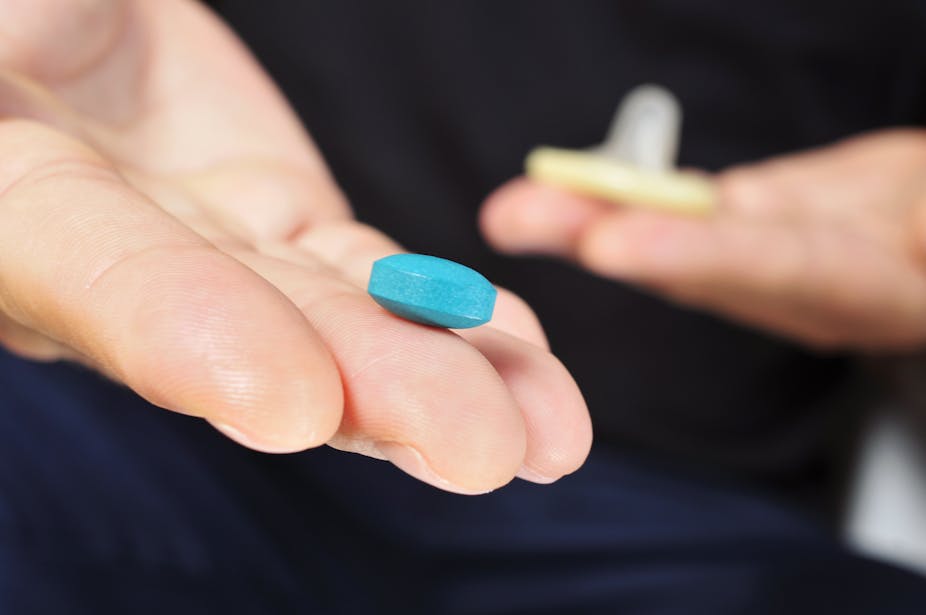No one is entirely sure about the origins of syphilis, a sexually transmitted infection caused by the bacterium Treponema pallidum. The first recorded outbreak in Europe appeared during the 1495 invasion of Naples, where it led to widespread disease and death, particularly among troops on the French side. Later, disbanded armies helped to spread syphilis, the “great pox”, across Europe, where the disease rapidly became endemic.
Transmitted from person-to-person primarily through sexual contact, the first symptom of syphilis to appear is usually a small, round and painless skin ulcer, referred to as a canker, at the site of infection. This canker will eventually heal and disappear but the bacteria remain, circulating in the blood and potentially leading to severe health consequences, including heart disease, dementia and blindness.
Over the centuries many attempts have been made to treat the disease, ranging from superstitious but generally harmless folk medicine, through to the potentially more effective but dangerous use of mercury and arsenic compounds. However, the discovery of penicillin in 1928 by Alexander Fleming changed everything. For the first time the disease became not only treatable but curable. In response to this drug, and increased use of condoms as part of the fight against the emerging threat of HIV, cases of syphilis fell dramatically. By the 1980s the disease was virtually eradicated from the UK.
Unfortunately, this situation was shortlived and syphilis is back and spreading quickly. The UK is now seeing thousands of new cases of the disease every year, rising by 148% since 2008 in England alone. However, what makes the resurgence of syphilis somewhat different this time is that the vast majority of these new cases are being found among men who have sex with men (MSM).

There are a number of factors that may help to explain why the current syphilis epidemic is disproportionately affecting MSM. The growing use of Pre-exposure prophylaxis (PrEP) drugs used to prevent the transmission of HIV, has proved to be a very effective tool in the fight against HIV/AIDS among homosexual and bisexual men. However, rather than being used alongside condoms as a second line of defence, these drugs are increasingly being used alone as a condom substitute. While this may be sufficient to prevent the transmission of HIV, the removal of the physical barrier provided by condoms means that other STIs, including syphilis, are still easily transmitted from person to person.
A second factor – blamed by the European Commission for the rising trend – is the growing phenomenon of chemsex. Chemsex refers to the use of recreational drugs, such as crystal meth, during sexual encounters between individuals or in group gatherings. Intended to enhance the sexual experience, evidence suggests that such drug use lowers inhibitions and tends to reduce the likelihood of condom use. For the same reason as an over-reliance on PrEP, failure to consistently use condoms places people at a substantial risk of acquiring STIs like syphilis.
Read more: Chemsex exemplifies much wider issues with drugs and sexual consent
The apparent riskiness of this behaviour is exacerbated further by just how common it appears to be. The 2014 Positive Voices survey found that roughly 30% of HIV-positive gay men in England and Wales said they had taken part in chemsex during the previous year. And that men who practised chemsex were far more likely to engage in anal sex without using a condom. Four years on there is little doubt that practices such as these are fuelling much of the syphilis transmission that we are currently seeing among MSMs.
While rates of syphilis are currently still low compared to other STIs – such as chlamydia, which is currently responsible for around 48% of all new STI diagnoses – the disease’s rapid resurgence has started to ring alarm bells throughout the medical community. Although no longer the terror of the sexually active – a role now occupied by HIV – syphilis is unfortunately too often viewed as being of only minor importance because it is so easily cured. Yet, while the disease still responds well to penicillin there remains the very real risk that it will eventually become resistant to that antibiotic.
Some strains of syphilis have already developed drug resistance to another antibiotic, azithromycin. If the number of cases of syphilis continues to rise, and if penicillin remains the first line of treatment, then there is little doubt that at some point resistance to this drug will appear and then spread. Only by reinforcing the need to use condoms in all casual sexual encounters, and through emphasising the potential hazards associated with chemsex, may syphilis once again be consigned to history.

